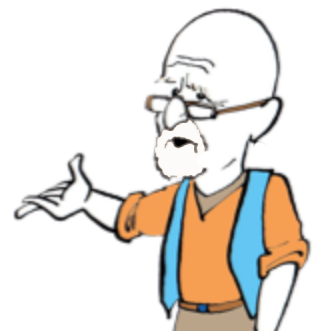The minstrel of Allerton Towers

Looking for a context for a figure drawing, I thought that Allerton Towers would provide a perfect setting for Matt playing his guitar. The worn-down classical stone structures overgrown by vegetation gave the scene a rather romantic atmosphere as well as a rich variety of forms, textures and shadows.
There were two poses, one sitting and one standing. The brief was to see the figure as an equal element to the stonework and foliage. And overall, accuracy was of less concern than atmosphere.
So, not to fuss over the figure, but see it fundamentally as a form among other forms. Certainly this was not a portrait.

But perhaps we are too used to the intricate observation of figure-drawing. Angela for one (above) immediately got overinvolved with Matt’s face and arms. That’s a stunning strumming-hand, but if the whole picture was to be given the same degree of minute consideration… for a start, there was no time for that.
So the approach has somehow to keep in mind the overall picture at the same time as addressing individual elements such as hands. It is akin to the 2-minute quick sketches of a life-drawing session, where the ‘gesture’ is paramount.

DAVID: I’ve increased his chest size from 38 to 42 inch, but he can take it.
Where gesture is more important, proportion becomes less so. Each of us transgressed a bit when it came to leg length, head size etc (eg my big head/big feet sketch below), and chest size (eg David’s subsequent watercolour above) but it really doesn’t matter if the figure convinces overall.


Jane, for instance, has given Matt a very long torso and short legs – partly, I would suggest, because she lost touch with the anatomy behind the guitar and partly because the paper’s edge made her end the legs too soon. I experimented in photoshop with extending the legs (below), and I think it brought back the poise – even if it didn’t ‘correct’ the anatomy.

This raises the interesting subject of exaggeration. I really believe in it. Call me an old hack caricaturist, but for me blandness is the enemy when it comes to portraying figures and faces. I’d say, if a model is essentially tall, squat, hunched, boney… then whatever you do don’t make him/her less tall, less squat or less hunched. In Matt’s case, he’s lean and leggy: so leaner and leggier is ok by me.
David put thought into composition and treatment of the different elements. Arches are always helpful ‘framers’ in a composition.


Judging where a model puts weight is an essential. David’s second (standing) figure worked better once he had observed that the essence of the pose is that Matt is leaning against the column. This caused subtle effects such as the distinct angle of the front of his shirt.
Similarly, Angela’s portrayal (below) improved once she correctly judged the height and angles of the shoulders.

Faced with the plein air profusion problem, I suggested Eve should concentrate on establishing the figure, then move outward. This was not exactly the brief, which was to consider all elements equal.
As an approach it might relegate composition to being an afterthought, which is not good. But if you don’t do a great deal of outside drawing it is easy to be overwhelmed by the abundance of material on offer.
Eve has had several successes with developing drawings into prints. Having that in mind as an end result – rather than, say, a painting – takes pressure off trying to record everything realistically.

Happily, Eve got the essence of both poses with minimal fuss, and taking a graphic (rather than realistic) approach to the surroundings, got well on the way to a viable composition with the second pose:

It’s easy to see how this graphic drawing could be developed as a print.
Graphic or not, however, I would have liked to see more observation in the foliage. The hanging pine leaves have a personality of their own which it seems a shame to ignore.


